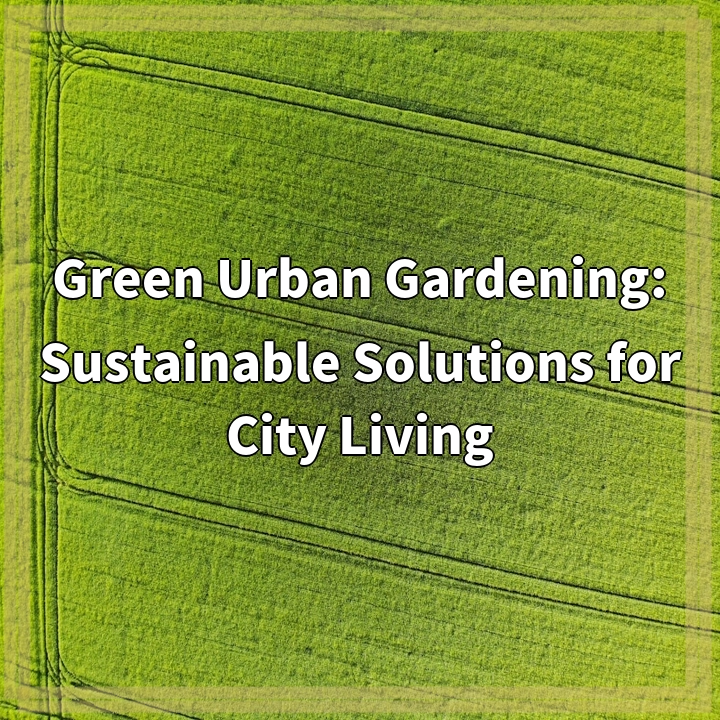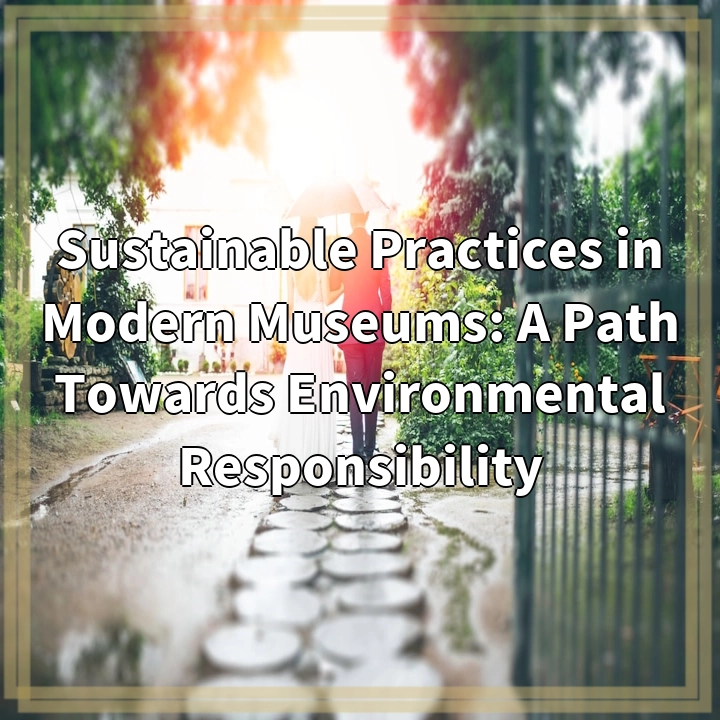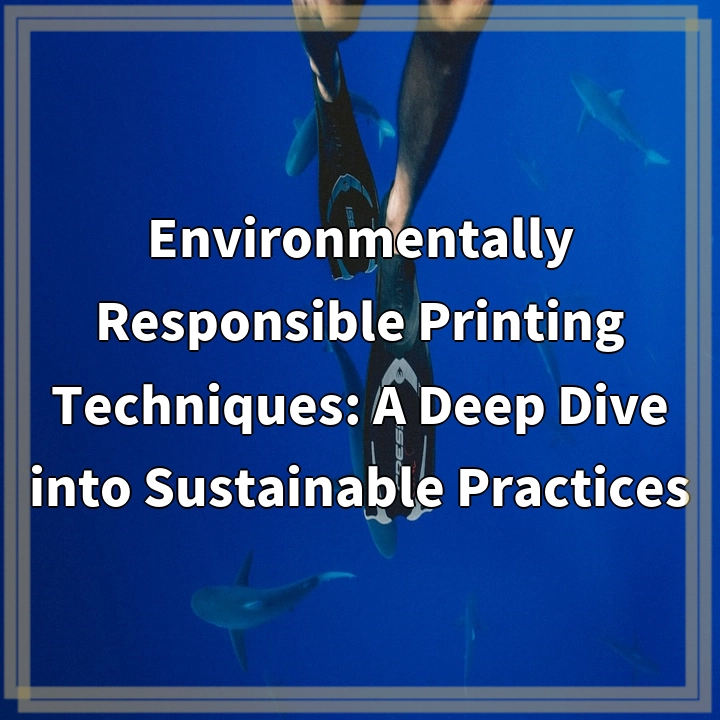
What is Green Urban Gardening?
Green urban gardening is a sustainable approach to gardening and agriculture that promotes the growth of plants in urban areas, such as rooftops, balconies, and small spaces. It focuses on utilizing limited space effectively and implementing environmentally friendly practices.
Real-World Problems Associated with Green Urban Gardening
Limited space
One of the main challenges of green urban gardening is the limited space available in urban areas. Unlike traditional gardens in rural settings, urban gardens often must work with small plots, balconies, or vertical spaces. This limitation requires creative solutions to maximize plant growth and optimize food production.
Lack of sunlight
In many urban areas, buildings and other structures can obstruct sunlight, especially in densely populated neighborhoods. This lack of sunlight can hinder plant growth and limit the types of plants that can thrive. To overcome this issue, urban gardeners may need to use artificial lighting systems or strategically position their gardens to maximize sunlight exposure.
Poor soil quality
In urban environments, soil quality can be a significant problem. Many urban areas have soil that is contaminated with pollutants or lacks essential nutrients for plant growth. Urban gardeners must assess the quality of their soil and take appropriate measures, such as using raised beds or container gardening, to overcome this challenge.
Access to water
Water scarcity and limited access to water sources are common issues in urban areas. Urban gardeners need to find innovative ways to conserve water and implement efficient irrigation systems to ensure their plants receive an adequate water supply.
Urban pollution
Urban areas often have higher levels of air pollution and other environmental pollutants, which can negatively impact the health and growth of plants. Understanding the potential pollutants in the area and taking steps to mitigate their effects through proper filtration or selection of pollution-tolerant plants is crucial for successful urban gardening.
In Conclusion
Despite the challenges, green urban gardening offers sustainable solutions for city dwellers to grow their own food, beautify their surroundings, and reconnect with nature. By implementing innovative techniques and practices, such as vertical gardening, hydroponics, and composting, individuals can make a positive impact on their communities and contribute to a more sustainable future.

Key Solutions for Green Urban Gardening
Urban gardeners can employ a range of strategies to overcome the challenges of limited space, lack of sunlight, poor soil quality, access to water, and urban pollution. These solutions include:
Vertical Gardening
Utilizing vertical space by growing plants on walls, trellises, or shelving units. Vertical gardening maximizes space efficiency and allows for increased plant growth in tight urban environments.
Artificial Lighting
Using artificial lighting systems, such as LED grow lights, to supplement natural sunlight and provide the necessary light spectrum for optimal plant growth. This enables urban gardeners to cultivate a wider variety of plants, regardless of sunlight availability.
Raised Beds and Container Gardening
Opting for raised beds or container gardening to overcome poor soil quality in urban areas. This approach allows gardeners to have more control over soil composition and nutrients, while also reducing the risk of contamination from pollutants in the ground.
Efficient Irrigation
Implementing water-saving techniques, such as drip irrigation or rainwater harvesting, to ensure plants receive sufficient water while minimizing water waste. This is particularly crucial in areas with limited access to water sources.
Selection of Pollution-Tolerant Plants
Choosing plant varieties that are known to be resilient and tolerant to urban pollutants. This helps mitigate the negative effects of air pollution and other contaminants on plant health and growth.
Conclusion
By utilizing these solutions, urban gardeners can successfully navigate the challenges of green urban gardening, regardless of limited space, sunlight restrictions, soil quality issues, water scarcity, or urban pollution. These sustainable strategies enable individuals to create thriving gardens in urban settings, supporting local food production, enhancing environmental well-being, and fostering a deeper connection with nature.















